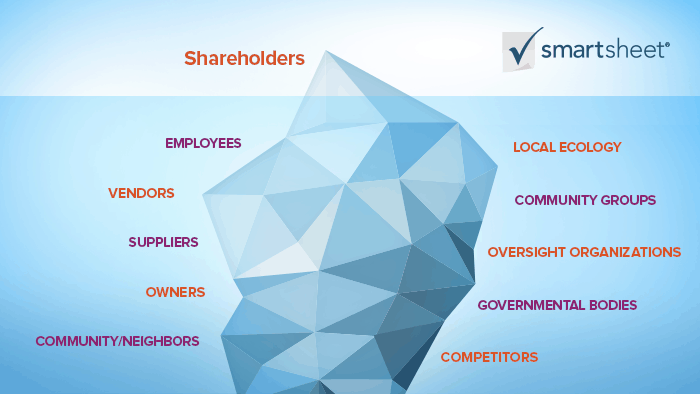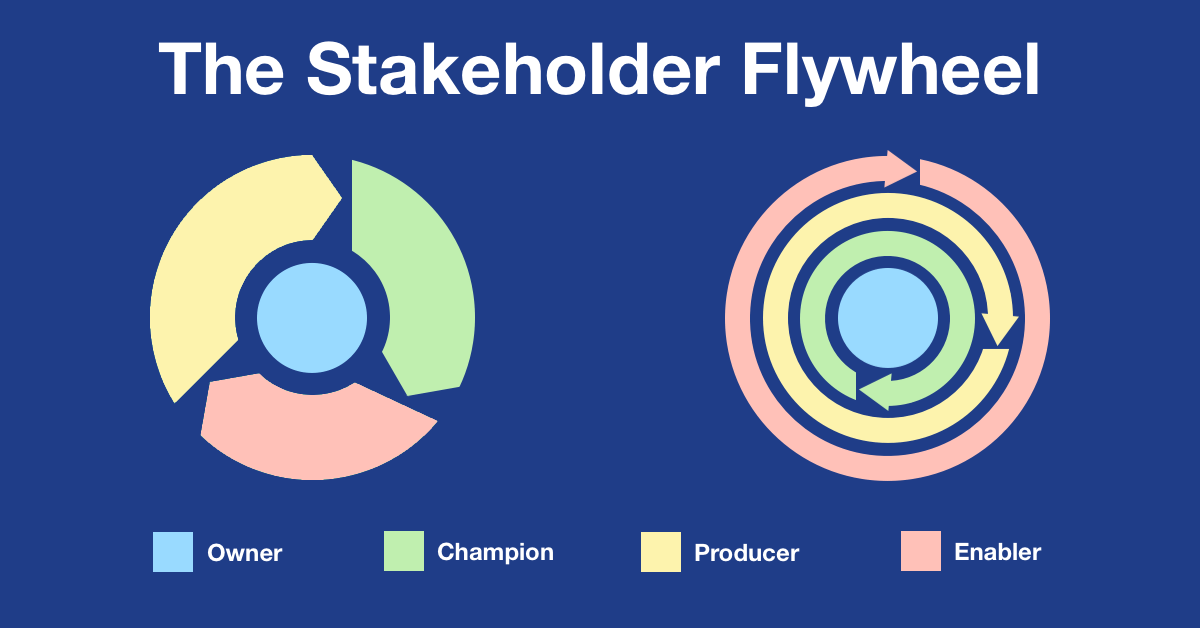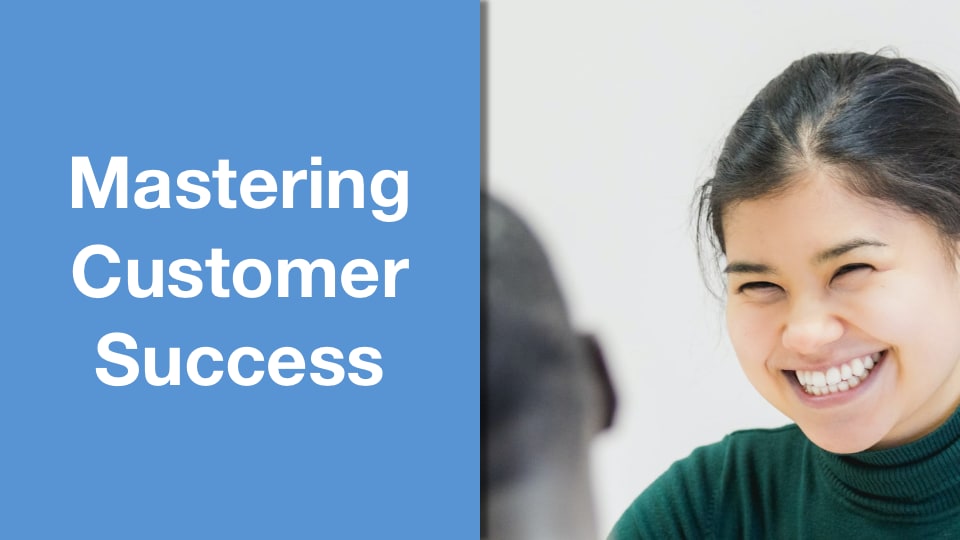How often do you hear the word stakeholder? A lot? Not surprising, it’s been used in all sorts of ways and over the years has acquired many meanings. Fifty five according to Friedman and Miles in their book Stakeholders : Theory and Practice.
The most commonly mentioned of those fifty five was the following, proposed by Edward Freeman in 1984:
A stakeholder can affect or is affected by the achievement of the organisation’s objectives.
That’s pretty good but it’s also broad as shown below.

It could encompass almost everyone within the organisation and a great many people outside the organisation. And that’s a lot to wrap your head around. We need to focus our attention.
For the purposes of this exploration into how customer facing professionals can think about and most effectively work with the stakeholders in their customers we’re going to propose something more precise.
The individuals or groups of individuals at our customer who have a material impact on the success of our solution.
Time is limited. For any customer facing professional the focus is the success of their customer. Meaning value and ultimately a positive return on investment is achieved by the customer. So it makes sense to focus your efforts only on those people who can work with you to identify, build and deliver value over the long term.
We’re proposing the picture above is simplified down to four groups.
- Enablers
- Producers
- Champions
- Owners
Each has their own specific role in the success of your solution as described in the table below.
| Stakeholder | Role | Definition |
|---|---|---|
| Enabler | Create the conditions for success | Enablers play a key role in onboarding and include those responsible for the deployment of your solution, for any associated change management and communication, for any required integration, data loading, setting up and running helpdesks, producing job aids and training materials and working to ensure the integrity and availability of the solution. |
| Producer | Creates value from the solution | Producers are the users of the solution. By engaging with the use cases and features provided (commonly known as adoption) producer activity translates to specific outputs, for example creating opportunities in a CRM system, sending messages in an application like Slack, or managing an HR process such as recruiting a new employee. |
| Champion | Sponsor the change and measure results | Champions are the individuals with day to day ownership for the overall success of the solution. Think VP of Sales for the CRM system or the Head of Engineering for the success of Slack. Their role is to sponsor the solution, ensuring it’s value is understood and delivered by the producers and that the enablers are correctly resourced both for the onboarding and in-life phases. |
| Owner / Business Owner | Ultimate overall responsibility for success | Owners are what we often call key stakeholders. In addition to having ultimate responsibility for the success of the solution they are typically the economic buyer and so will hold the decision making power over the initial purchase, expansion or renewal (subscription fees, maintenance fees or services fees) of your solution. Usually present in the sales cycle they can be hard to pin down to an ongoing relationship. |
To drive successful outcomes for customers that lead onto value and ROI each of these four groups of stakeholders has to be given the appropriate advice and best practice to enable them to come up to speed as quickly as possible when delivering their specific role in the success of the overall effort to deliver value. Once up to speed each group needs to sustain the appropriate level of effort and activity to ensure the continuing success of the solution and therefore delivery of value. In other words each group can be thought of as a flywheel, first building and then maintaining the momentum needed for long term results.
Depending on your approach to working with your customers, the needs of your solution (for example complexity levels, duration of onboarding) and the ability of your customer to respond to your advice and best practice you can expect this flywheel to come up to speed one group at a time or in what would be expected to be a larger effort for both vendor and customer in a co-ordinated effort.

Next week we’ll go deeper into the needs of each of these groups as we begin to look at the types of best practices they need, the metrics they will be interested to discuss, the forums you’ll meet them in and the relationship they have that you can leverage to move around the organisation.



